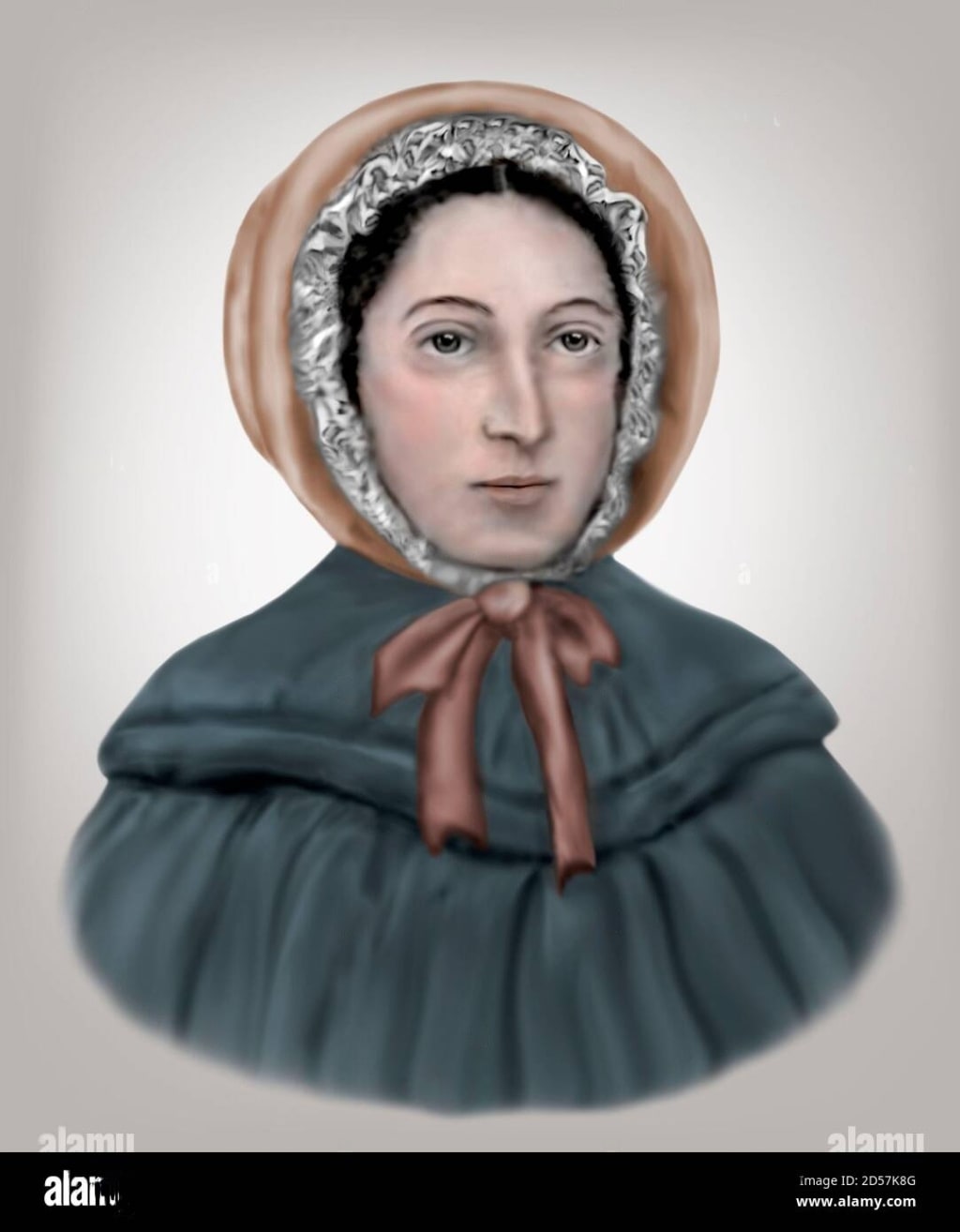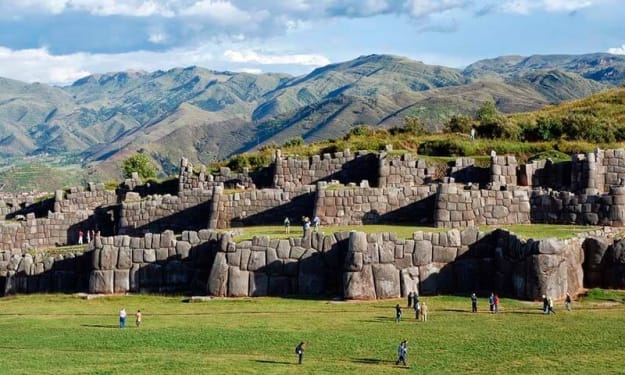Mary Anning
The Fossil Hunter Who Rewrote History

Introduction
Mary Anning, a pioneering 19th-century British fossil collector, self-taught paleontologist, and groundbreaking woman in the field of geology, forever changed our understanding of the ancient past. Born on May 21, 1799, in Lyme Regis, a coastal town in Dorset, England, she made significant contributions to the emerging science of paleontology at a time when women were rarely recognized for their scientific achievements. This article delves into the remarkable life and accomplishments of Mary Anning, a trailblazer who challenged societal norms and became one of the most influential figures in the history of earth sciences.
A Childhood Shaped by Fossils
Growing up in a modest family, Mary Anning was no stranger to the rugged Jurassic Coast of England. As a child, she frequently accompanied her father Richard Anning on his fossil-hunting expeditions along the cliffs. Tragically, Mary lost her father at a young age, leaving her family in financial hardship. The burden of supporting her family fell on Mary's shoulders, and her passion for fossil collecting became both a pastime and a means of sustenance.
The Discovery of the "Sea Dragon"
In 1811, when Mary was just 12 years old, she stumbled upon one of the most significant finds of her career: the fossilized remains of an ichthyosaur, an ancient marine reptile that lived during the Mesozoic era. The discovery attracted the attention of geologists and collectors, including the prominent fossil expert, Henry De la Beche. Mary's discovery ignited her reputation as a skilled fossil collector and earned her a place in the scientific community, despite her lack of formal education.
Plesiosaurs and Pterosaurs: More Remarkable Finds
Mary's reputation as an exceptional fossil collector grew over the years. In 1823, she unearthed the first complete plesiosaur skeleton ever found, a significant milestone in the study of extinct marine reptiles. Subsequently, she also discovered the first British specimen of a flying reptile called a pterosaur, further solidifying her place in paleontological history.
Challenges and Recognition
Despite her groundbreaking contributions, Mary Anning faced numerous challenges throughout her life, primarily due to her gender and lack of formal education. As a woman in the male-dominated scientific world, she endured prejudice and often did not receive full credit for her discoveries. Many of her male counterparts, including Henry De la Beche and Richard Owen, appropriated her findings and received more recognition than she did.
Nevertheless, some progressive thinkers and fellow geologists recognized her expertise and actively sought her collaboration. The eminent geologist and fossil collector, Reverend William Buckland, was one such advocate, acknowledging her contributions and supporting her work. Nevertheless, societal norms of the time continued to impede her from fully participating in the scientific community.
Legacy and Impact
Mary Anning's impact on the field of paleontology extended far beyond her lifetime. Her work laid the foundation for a more comprehensive understanding of prehistoric life, including the process of extinction and the vast timescales of geological history. The Geological Society of London eventually recognized her as a significant contributor to the study of paleontology, but her gender continued to overshadow her achievements in the eyes of many.
Today, Mary Anning is regarded as a pioneer and an inspiration for women in science. Her dedication, persistence, and remarkable discoveries challenged the status quo and paved the way for future generations of female scientists to pursue their passions. As museums and institutions worldwide showcase her fossil specimens, her legacy endures, reminding us of the important role women have played in advancing scientific knowledge.
Conclusion
Mary Anning's story is one of triumph over adversity and dedication to the pursuit of knowledge. Her groundbreaking discoveries reshaped our understanding of prehistoric life and inspired generations of scientists to come. Despite facing numerous obstacles in her time, Mary Anning remains an icon of scientific achievement and a symbol of the enduring power of curiosity and determination. Her legacy continues to inspire and empower scientists, especially women, to challenge the boundaries of knowledge and leave a lasting impact on the world of science.:
The Fossil Hunter Who Rewrote History.> Buy Now
.
About the Creator
Enjoyed the story? Support the Creator.
Subscribe for free to receive all their stories in your feed. You could also pledge your support or give them a one-off tip, letting them know you appreciate their work.





Comments
There are no comments for this story
Be the first to respond and start the conversation.